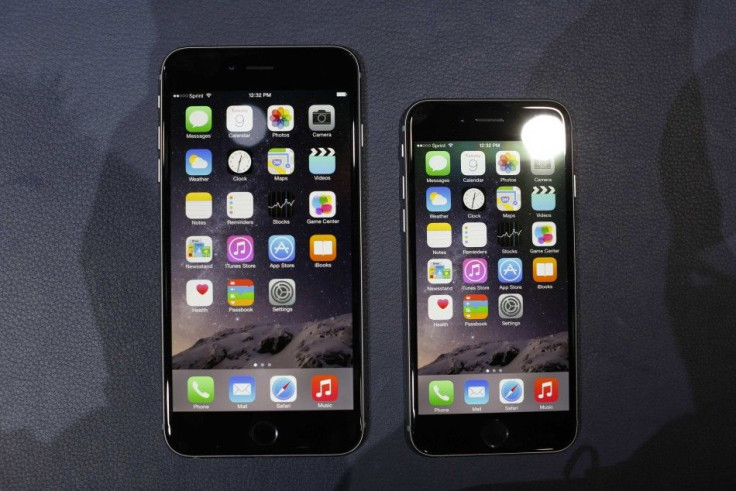iPhone 6 Plus vs iPad Mini Retina Display: Which One to Buy the Phablet or the Tablet
Can One Beat the Other

With Apple releasing its iPhone series of smartphones, many people would be in a dilemma on what iPhone to invest in. Both the iPhone 6 and iPhone 6 Plus sport large screens of 4.7 inches and 5.5 inches respectively.
The iPhone 6 Plus is almost the size of a tablet. If a person is looking to buy an iPad he would be in further confusion whether to go in for the smaller version of the iPhone 6 and get himself an iPad or he could just skip both and buy the iPhone 6 Plus that sports a 5.5 inch display.
The benefit of a larger screen is it will make the experience of watching movies and playing games more enjoyable. The screen of the iPhone 6 Plus is large enough to do these things. The Android market is brimming with phones that sport large displays like the Nokia Lumia 1520 that sports a 6 inch display size.
But before making the choice whether to buy an iPhone 6 Plus or go in for an iPad Mini Retina Display it would be best to weigh the pros and cons.
The Size
The iPad mini is definitely bigger than the iPhone 6 Plus, however for some users the iPhone 6 Plus would be apt. It has a 5.5 inch screen larger than all the iPhones with a 1,920 x 1,080 mega pixels with 432 ppi sharper than the display of iPad Mini. But it is common knowledge that larger screens are comfortable to work with while browsing the net, writing e-mails, watching movies or playing games. The iPhone 6 Plus also supports some of the iPad features like the special dual pane mode in some apps that include mail and messages.
The iPad Mini with Retina display has a screen size of 7.9 inches though it is small compared to other tablets. But when compared to other smartphones it has a lot of screen space to work on. This makes it convenient to work on large documents and send emails. The display is very sharp with 2,048 x 1,536 mega pixels and 246 ppi, screen. The only problem with the iPad mini; it is too large to fit into the pocket, but can be easily slipped into a bag.
Performance
The iPhone 6 Plus may be comparatively smaller than the iPad Mini however the device is packed with power with the A8 processor. This is a precise phone for multitasking and fast performance.
The iPad Mini has the A7 chipset that obviously cannot match the performance of the iPhone 6 Plus. But people who use this on a regular basis may not find a big difference between the two.
Connectivity
The iPhone 6 Plus has a feature that allows users to make calls over the internet using their Wi-Fi connectivity and if there is no Wi-Fi connection they can still make calls over 4G LTE, however if the call drops due to no internet signal regular phone calls can be made.
The iPad Mini does not support these features to make a call, apps like Skype have to be downloaded and good Wi-Fi signal is necessary to make calls. If a user would like to make calls from the iPad mini he would have to upgrade to a LTE version that would cost around $130 in which it is an additional cost considering the user is also using a smartphone.
Apple Pay
With the introduction of the Apple pay transactions can be completed by passing the smartphone over a device at the point of sale and this is possible because of the inbuilt NFC or the near field chip that is there in both the iPhone 6 and IPhone 6 Plus. It is easy to use and is accepted all over the U.S.
Since the iPad Mini has a previous version of the iOS it does not support Apple Pay.
Cost
The iPhone 6 Plus would cost the user around $300. The cost of the iPad Mini would depend on the processor. An A5 processor would cost around $299 and the A7 processor will cost $ 399.
When we take a look at these pros and cons it is very obvious that the clear winner is the iPhone 6 Plus.




















